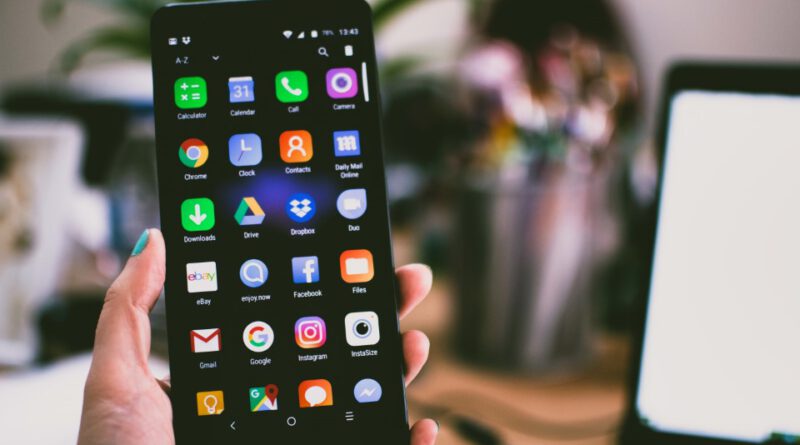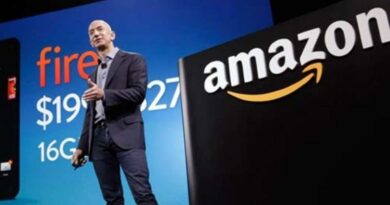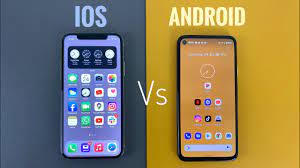Best Ways to Engage Organic Search Traffic on Social Media
Best ways to engage organic search traffic on social media
When it is about engaging with your audience, there are different ways to engage organic search traffic on social media. Choosing social media marketing on different platforms have become an important way for brands to reach their audience.
In simple terms, organic traffic is the viewership that you receive without paying for the impressions. However, there has been an increase in the number of paid options. Thus, a lot of marketers don’t have the patience to grow traffic organically because gaining organic search traffic takes time.
On the other hand, a lot of businesses don’t have the time or budget to grow their website and bring millions of visitors quickly. So, what could be the possible solution for all these issues? Social media is the answer. Social media can help you to engage with your audience in a better way. How?
Here is a six-step way to engage organic search traffic on social media. This will help in increasing your organic search reach.
- Performing keyword research
- Creating a content
- Getting organic traffic
- Setting up social media pixel
- Creating look like audience
- Serving the audience with social media ads
Step 1: Performing keyword research
When doing keyword research, you will probably have a few keywords to rank for your products, services, or other topics for your website. These are a good place to start your keyword research.
It is important to remember that what you want your audience to search for and what they are searching, are two different things. This is why keyword research is important.
The best way to find popular keywords with high search volume is to used tools like Ahrefs. You can take the short term and long-tail keywords for creating a blog post on each one of them.
Sometimes people search with actions as well. For instance, there are a lot of questions asked on Google like, “how to get 10K followers on Instagram in a day?”
Not all the time you have to create content with a keyword. You can also create articles or blog posts as a response to these questions and use these questions as H1 or H2 headings.
Step 2: Creating content
Once you are sorted with the keywords, it is time to write good content. Remember that the end-goal is to get more readers to the blog that leads to a sale and convert into customers.
It won’t take long to find high volume keywords because you can Google what people are looking for. When the blog post is published to your website, wait for some people to read and engage with it.
The content should be SEO optimized in a way that social media platforms and search engines like Google get you the first-page ranking.
Step 3: Getting organic traffic
Now that you wait for some organic traffic, say your goal is 1000 people. Over time, the piece of content will start getting search results. Now you can set up a pixel (we will explain it in the next step).
However, this will not be as simple as it sounds. This is where a lot of businesses get stuck and cannot grow organically. A lot of companies understand marketing funnel but they don’t know how to consistently get newly qualified people throughout the marketing funnel.
Even though they have got great pieces of content, still they don’t understand how to use them to get to the next level. When you use multiple social media platforms, you have to understand how to track every person that touches your content.
According to different studies, it mostly takes seven interactions for someone to make a purchase with a business. To find out how many times an individual has checked out your content, it is important to have a pixel placed on the website. This will help in accurate data tracking.
Step 4: Setting up a social media pixel
For those who are not familiar with Pixel, it is a few lines of code that you copy into the header section of the website. It functions by triggering the cookies that track the users while they interact with your website and Facebook ads.
Pixel has two primary purposes:
To remarket someone who has already visited your website.
To know which pages they have visited, track, and see if someone has completed a certain action.
Pixel allows Facebook to track the audience on your platform. You are giving Facebook access to track your audience on your website. If you are not sure how to create a Facebook Pixel, here are the steps:
- Go to the events manager
- Click on “connect data sources” and then choose “web”.
- Now choose Facebook Pixel and click on connect
- Add a pixel name
- Enter the website URL
- Click continue
Once the Facebook Pixel is created, now you have to code it to your website. For this, you can manually add the pixel code to the website, use partner integration, or use email instructions.
Once the analytics tracking is in place and you understand the target audience’s pattern, you can start to implement the R3MAT strategy. This will show the right message to the right person at the right time.
Step 5: Creating a lookalike audience
Facebook has the option to create a lookalike audience according to the tracking abilities. This will help in reaching new people who are interested in your business because they are identical to your existing customers.
As a result, you can create a group of people with similar likes, interests, and demographics. Here is how you can create Facebook lookalike audience:
- Go to audiences and click on create audience dropdown. Select a lookalike audience.
- Choose the source notes. Consider using 1000 to 50000 of the best customers according to the lifetime value, total order size, transaction value, and engagement.
- Then choose the countries for you lookalike audience, choose the desired audience size, and then click on “create audience”.
This will offer any business with the ability to create a small subset of people that you can interact in any way possible. You can now show this audience relevant ads, move them through the sales funnel, build a relationship with them, and also increase your reach and frequency.
Facebook continues to collect information about the things that you buy and the sites you visit. Also, a hell lot of other personal information is gathered from public records and social media activity.
Step 6: Serving audience with social media ads
This is the last step where you show relevant ads to your lookalike audience you created. However, to get this process going, you have to make sure that you are consistently showing your lookalike audiences with new and relevant content.
The social media banner ads, image contents, videos; gifs should meet the audience at every point of the buyer’s journey. In conclusion, it can be said that once you complete the six-step process, you will officially take up the organic search to a whole new level.



